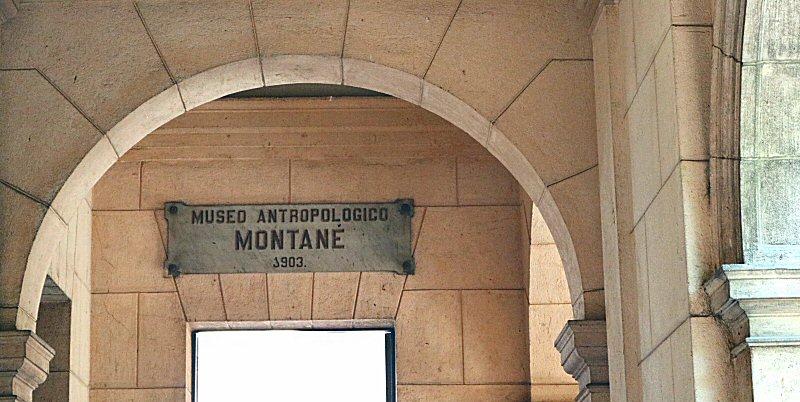
The Museo Antropológico Montané de la
Universidad de La Habana exhibits a large collection of the
objects, used by the first settlers of the island and several
remnants from their skeleton.
The collection of the museum is
divided into six major groups. The first group focuses on the
first human beings. The reproductions of some simple objects
that these people used, or their remnants help us to understand
the phases that they have passed through their evolution.
Among the reproductions, the skull of
the Taung child, the Venus of Lespugue, the bifacial stone tool
of the Solutrean culture and the harpoon shaft of the
Magdalenian culture stand out.
The fossilized skull of the Taung
child is estimated to be 2.3 million years old. It was
discovered in Taung, South Africa in 1924. The original is
preserved in the University of Witwaterstand in South Africa.
The Venus of Lespugue is a statuette
of a nude female figure, dated to about 25.000 years ago. The
1,5-meter tall statuette, characterized by large, pendulous
breasts, is carved from tusk ivory. It was discovered in a cave
of Lespegue in the foothills of Pyrenees in 1922. It belonged to
the Paleolithic Aurinaciense culture.
In the Soluthrean culture of the
Upper Paleolithic period (about 21.000 years ago), the bifacial
points were made by lithic reduction (by percussion and pressure
flaking), rather than flintknapping.
The Magdalenian culture, known for
their carved bone, antler and ivory artefacts, lived in western
Europe from 15.000 to 7.000 years ago, during the Upper
Paleolithic period. The harpoons of this culture were found in a
cave in Spain.
The second group addresses the
societies in Cuba that did not know how to cultivate the soul
and couldn’t make pottery to store their food. These people were
using shells or stones as tools. They were hunters, fishermen
and collectors that live on the natural resources. Their
existence in Cuba is proved by numerous archeological findings.
The skull of a human, a shell of a
mollusk, used as plate, the vertebrae of a shark used as beaded
necklace, and a wooden vessel are some pieces that belong to
this period.
The Museo Antropológico Montané
is located on the upper floor of the Felipe Poey Building of the
University of Havana, about 100 meters on the left after the
main entrance.
